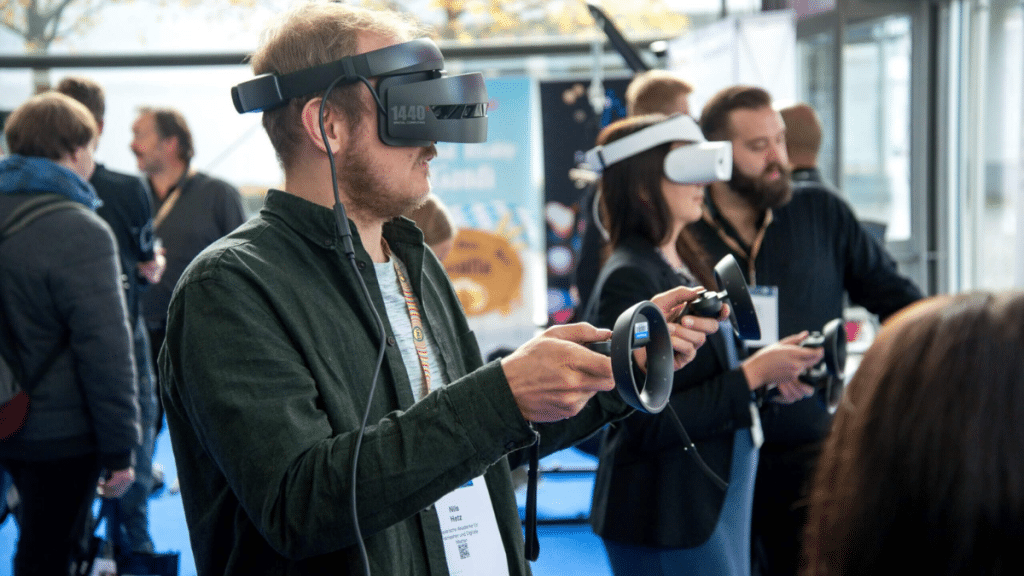Assisted living used to mean physical care, three meals a day, maybe bingo on Thursdays and quiet hallways. Now there’s a headset involved.
Virtual reality is finding its way into the lives of older adults who aren’t moving as fast as they used to but are still hungry for something new—places they never got to see, moments that slipped by too fast, or memories they want to revisit in high definition. For people who live with limited mobility or chronic pain, being able to step into a rainforest or stand on the edge of the Grand Canyon without leaving the comfort of a padded recliner isn’t just nice, it changes everything.
Some facilities in San Jose are already adding VR to their daily schedules. The gear is lightweight. The content is tailored. One day it’s a walk through the Louvre, the next it’s a dive under the Great Barrier Reef. Sometimes it’s a 1950s diner with jukebox music and the smell of fresh pie, designed to trigger deep memory recall in people with dementia. That diner might mean more than any medication ever could.
The research is catching up. VR therapy is being tested for chronic pain, stroke recovery, anxiety, and even end-of-life care. There’s less loneliness, less stress, fewer outbursts in memory care units. Some seniors have even reported fewer phantom pains in prosthetic limbs after guided VR body movement sessions. It’s not magic, but it feels close.
There’s something strange and beautiful about an 89-year-old woman in a floral cardigan quietly spinning in a swivel chair while looking at ancient temples in Cambodia, waving at statues like old friends. The technology itself is barely visible once the headset goes on. What’s visible is the joy, the tears, the laughter when someone suddenly sees the street they grew up on, or the stadium where they watched their first baseball game, or a coastline that reminds them of someone they lost.
“People don’t expect someone in assisted living to light up when they hear the sound of waves crashing on a beach they visited sixty years ago,” said Dharam Khalsa, a Certified Senior Advisor at Mirador. “But when it happens in VR, it’s real enough to make them cry.”
Not everyone buys into it. Some staff worry about disorientation. Some families don’t understand why the money’s going to digital programs when the elevator still breaks down once a month. Some residents refuse to try it altogether. That’s fine. VR isn’t a requirement. It’s an invitation.
And the people who accept that invitation don’t always come back the same.
There’s a shift in posture, in tone, in spark. There’s more to talk about at dinner. There’s something to look forward to tomorrow. It’s not about escape. It’s about expansion.
In places where the walls might feel like they’re closing in, VR doesn’t knock them down. It makes them irrelevant.
